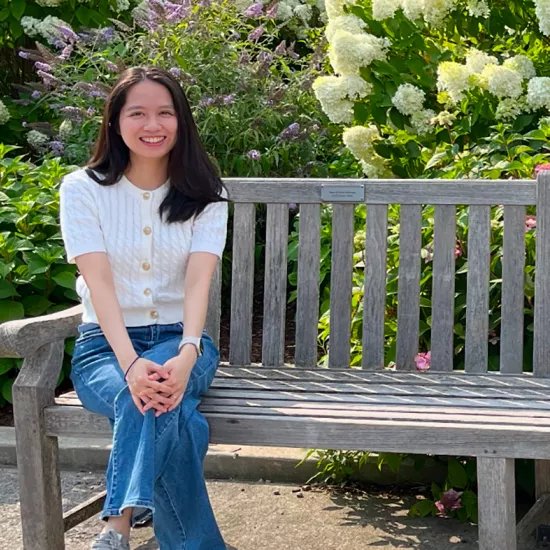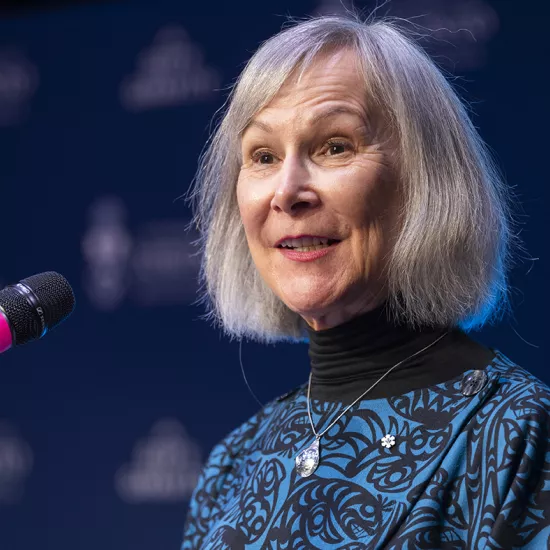Meditation Destination: Anthropologist studies yoga and tourism in East Africa

On a white sand beach, tanned yogis stretch into downward dog poses against the backdrop of the sparkling Indian Ocean. It looks like an Instagrammer’s dream travel post but, for linguistic anthropologist Sarah Hillewaert, the image tells only part of the story. The assistant professor from U of T Mississauga has returned to Kenya’s Swahili coast to investigate the complex relationship between the local Muslim community and East Africa’s growing allure as a yoga and wellness tourism destination.
Hillewaert’s ongoing research centers on Lamu, a town of about 10,000 people on an island of the same name off the coast of Kenya. Lamu has a long and rich Islamic tradition with close ties to India and the Arab world. To outsiders, it appears to be a place where time has stood still, however Lamu is experiencing changes wrought by modern globalization and increasing contact with tourists who flock to the picturesque island.

“Africa—East Africa in particular—is promoted as a location to visit to explore mindful living through yoga, meditation and alternative medicine. It's premised on the idea of the pristine, the untouched and the secluded,” she says. “But how does that work with the complexity of life in Lamu? How does it tap into a North American quest for alternative lifestyles and focus on secular spirituality?”
She is also interested in how existing practices of local healers fits with those introduced by outsiders. “Meditation has been part of Islamic practice on the Swahili coast for a very long time, but it might not fit the Western concepts of wellness and meditation,” she says. “What happens when alternative lifestyle ideologies are introduced to a place that already has its own history? How is this being received, how is it being negotiated and what is its value?”
Hillewaert, who practices yoga herself, will visit yoga hotels, festivals and workshops in the coastal towns of Lamu and Watam, and also in urban centres where wellness culture is gaining popularity with Kenya’s growing middle class. The Nairobi-based Africa Yoga Project provides free yoga teacher training to participants living in city’s slums as a form of self-development and career training, and also offers the chance to practice yoga with Masai warriors. Volunteers from abroad pay to participate in the program and collect donations to support community projects. “There’s an interconnection with ‘voluntourism’ and travelling to ‘give back’ to communities that is often presented as a way to participate with authenticity and meaningful living,” Hillewaert says. “I’m interested in the notion of yoga and mindfulness or alternative lifestyles as a new form of development in Africa. How will local communities negotiate and interpret this? What is empowering, and what will yoga do for them? These are things that I want to know.”
Previously, Hillewaert studied the hidden cultural meaning behind handshakes. Her new book, Morality at the Margins: Youth, Language, and Islam in Coastal Kenya, examines the often conflicting cultural and global pressures experienced by the young people of Lamu.
Hillewaert’s research is supported through the Research and Scholarly Activity Fund from UTM’s Research Office.



